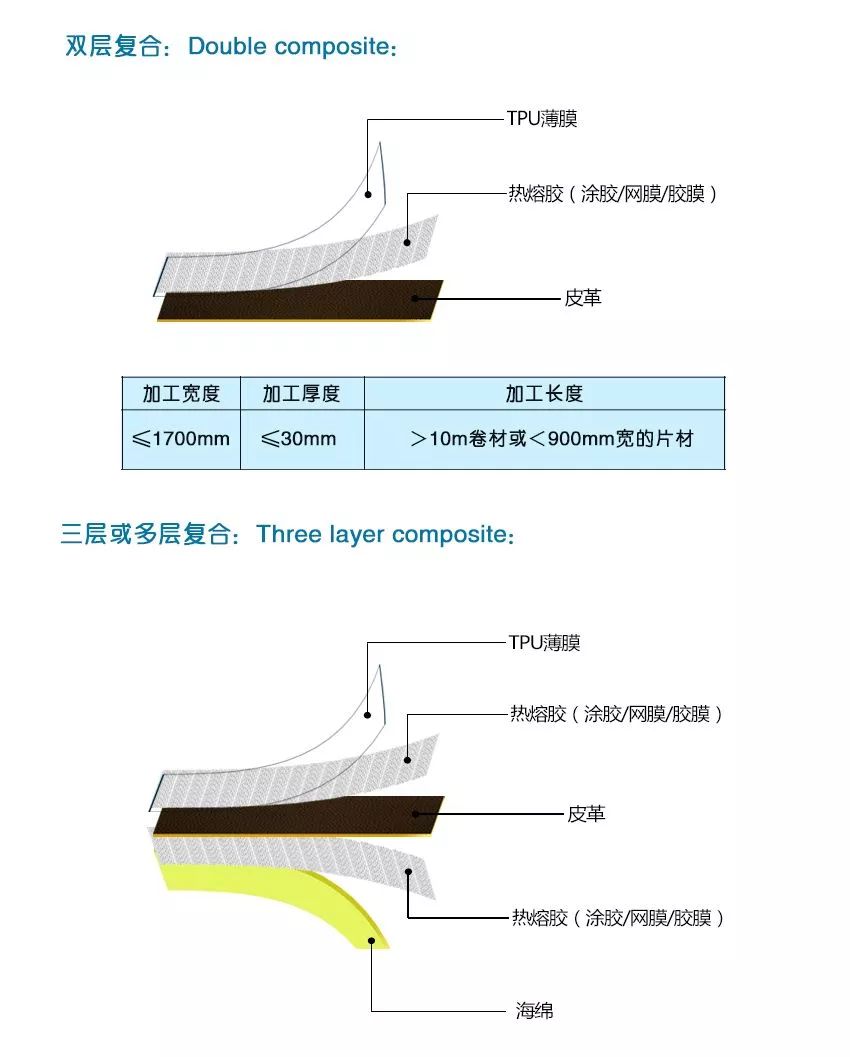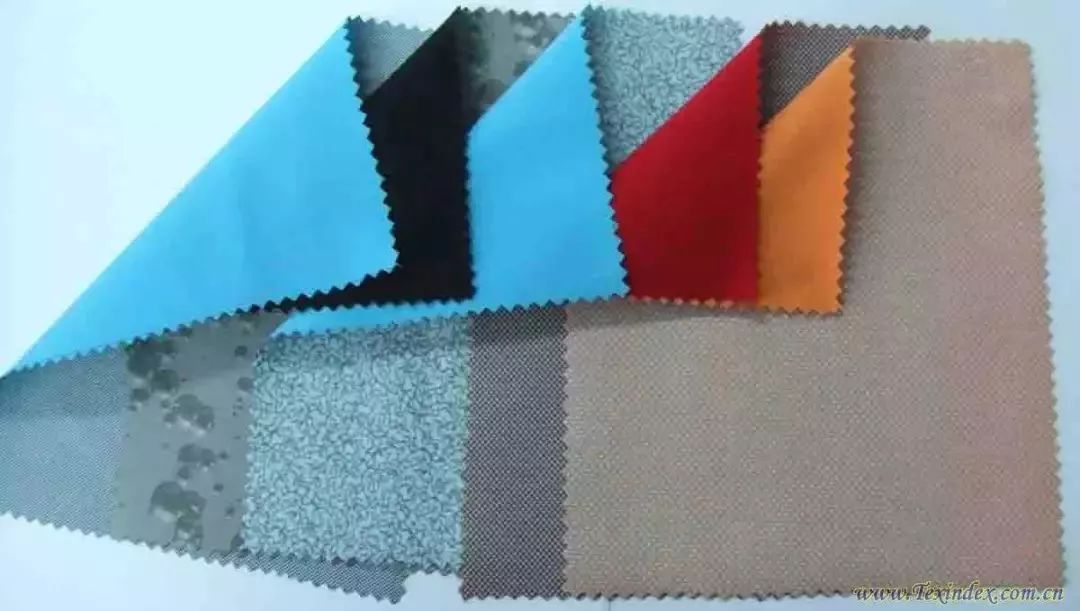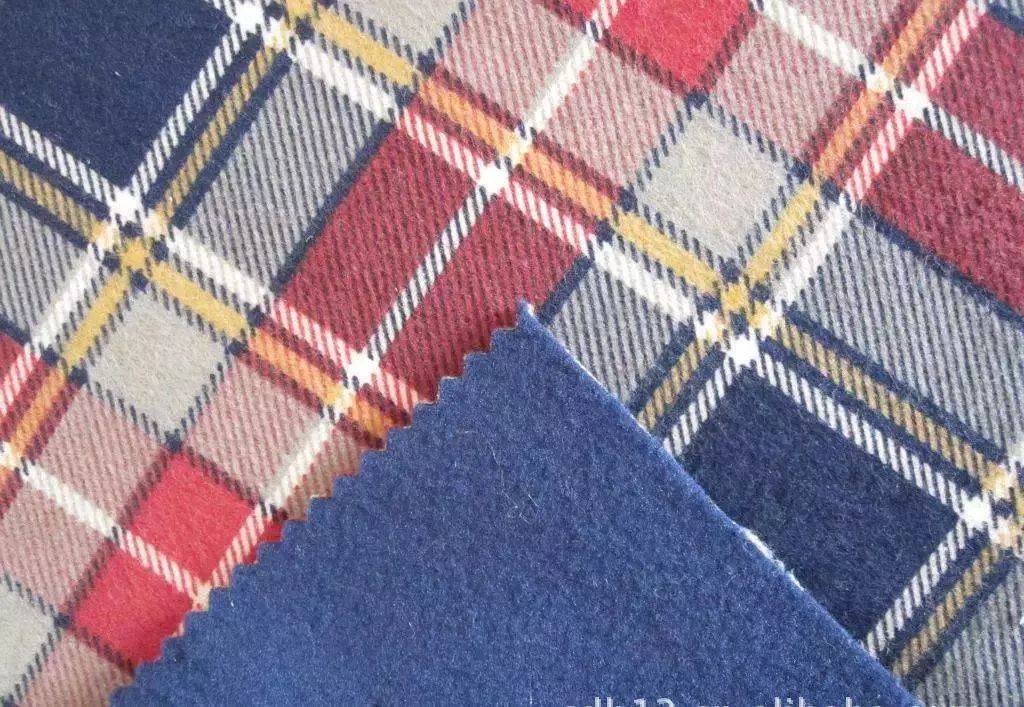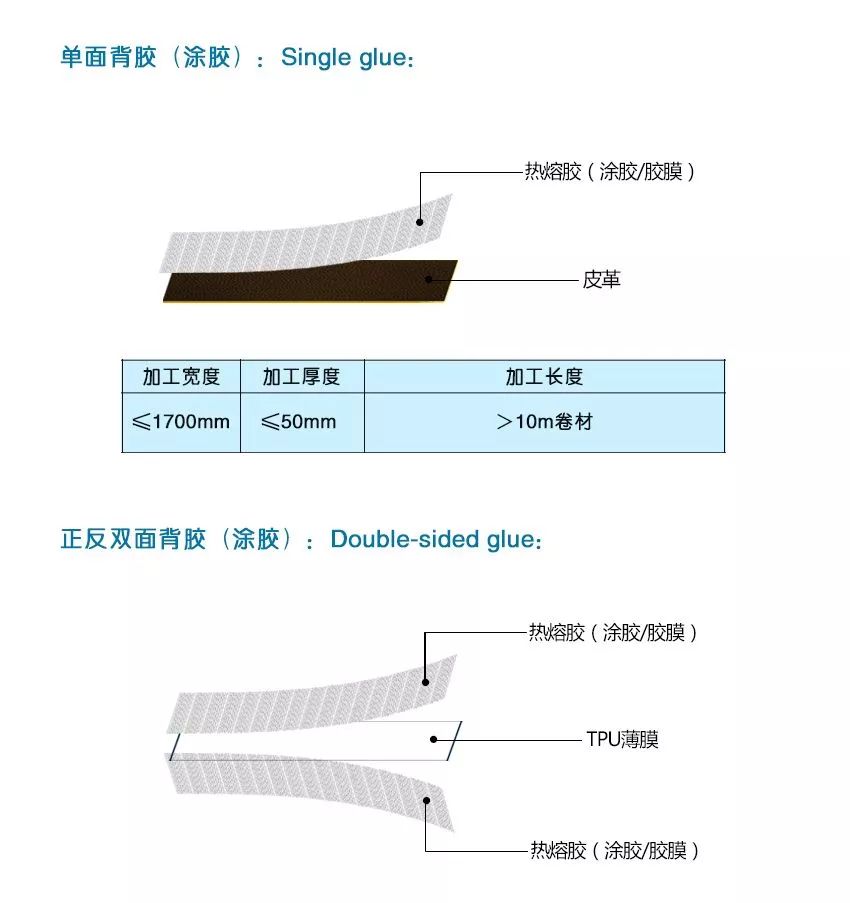Composite fabric is made of microfiber through specific textile processing and unique dyeing and finishing, and then processed by “composite” equipment. The English name of composite fabric is: “Lamination Fabric” and “Soft Shell Fabric”. Because the composite fabric uses microfiber, the fabric has high cleaning ability, that is, decontamination ability.

Common composites
Composite fabrics use the high technology and new materials of “new synthetic fibers” and have many advantages. Its performance (compared with ordinary synthetic fibers), such as the fabric is fine, clean, delicate, elegant, and warm, the fabric has a plump appearance, is windproof, breathable, and has a certain waterproof function. Its main features are warmth retention and good breathability.
Another feature of this fabric is that it has good abrasion resistance. Microfiber fabrics are soft to the touch, breathable, and moisture-permeable, so they have obvious advantages in terms of touch and physiological comfort. Microfiber fabrics The wrinkle resistance of microfiber fabrics is poor (this is due to the soft fiber and poor elastic recovery after wrinkles); in order to overcome this shortcoming, a “composite” process is adopted, which greatly improves the shortcomings of poor wrinkle resistance of microfiber fabrics. Composite fabric is a popular outerwear fabric in Europe and America.
Classification of composite fabrics
1. Combination of woven fabrics and knitted fabrics
2. Knitted fabrics and knitted fabrics composite
3. Woven fabrics and woven fabrics composite
Sports and leisure clothing uses knitted fabric and composite knitted fabric, which has the effect of woven fabric and good elasticity. Therefore, in the eyes of consumers of this type of clothing, it is still relatively popular and loved by the public.

Ordinary composite fabrics
Put the fabric and lining through the adhesive It is bonded to improve the texture of the fabric and is suitable for process simplification and large-scale production of clothing processing.
Functional composite fabrics
The composite fabrics have special functions such as waterproof, moisture-permeable, radiation resistance, washing resistance, and wear resistance.
Process flow
There are six internationally popular composite processes, namely hot sol powder dot coating composite process, hot sol slurry dot composite process, hot sol dusting composite process, and thermal sol powder dot composite process. Fabrics compounded by sol double-point compounding technology, polyurethane spray compounding technology, and polyurethane roller coating compounding technology are a new type of fabric developed by the market. In short, they are two fabrics compounded together. . In the past, the most common composite was the composite of suede fabric and wool. Nowadays, any fabric can be used to composite it together. The door width of composite fabrics is limited to the size of the two fabrics before they are combined, which can generally reach 145CM.

Each batch of composite fabrics must be effectively maintained. The reverse fabric must be laminate first (the film is a kind of film similar to nylon transparent material), bonded with chemical materials, and then maintained.
The longer the maintenance treatment, the better the bonding fastness to the fabric and the degree of fusion of the adhesive. Generally, domestic adhesives require three days of maintenance, and imported adhesives require five days. time or longer.
The time required for the adhesive to fully integrate into the space between the fabric and the film will also affect the subsequent bonding effect with the front fabric.
Common composite gluing methods:

The maintenance processing workshop is It is completely enclosed. A certain temperature and humidity must be maintained indoors to allow the adhesive to fuse naturally. If the temperature is increased in order to complete it quickly, although it can speed up the operation process of the finished product, it often happens that the finished fabric is not sewn during sewing. During the process, the yarn of the fabric is broken by the needle, and the feel becomes hard. There will be a rustling sound when rubbing against each other, indicating that the adhesive has solidified on the fabric and hardened the yarn of the fabric.






